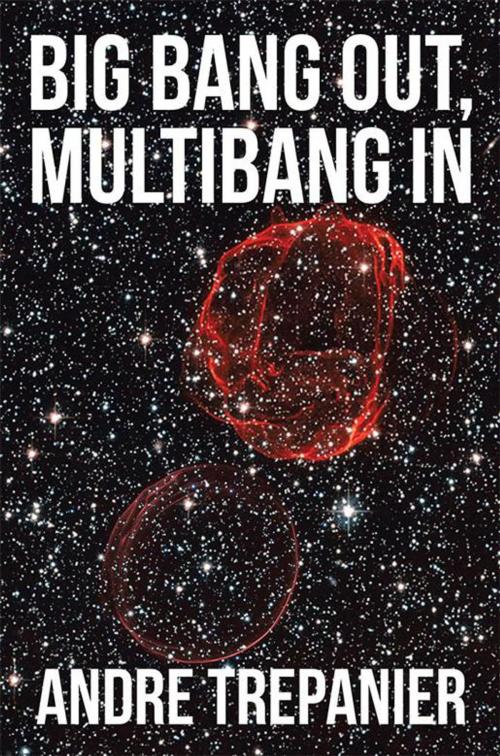| Author: | ANDRE TREPANIER | ISBN: | 9781514430149 |
| Publisher: | Xlibris US | Publication: | January 8, 2016 |
| Imprint: | Xlibris US | Language: | English |
| Author: | ANDRE TREPANIER |
| ISBN: | 9781514430149 |
| Publisher: | Xlibris US |
| Publication: | January 8, 2016 |
| Imprint: | Xlibris US |
| Language: | English |
Multibang Cosmos invites you to replace the big bang paradigm of a mysterious and unique cosmic origin and expansion by the observed local multibang expansions within a permanent cosmic recycling of all electronuclear material. The progenitors of stars and galaxies are found in expanding shells colliding with their neighbors along dynamic common walls that are home to groups of galaxies that will in turn migrate to clusters. Large clusters end up in the crushing gravitational claws of giant black holes whose final compacted destiny is a local maxibang eventthe birth of a new expanding bubble. A new method is presented to compute galactic rotation velocities from Doppler shift field data whereby Newtonian dynamics is adopted and applied to point-like corrections on a disk or a stack of disks where velocities differ strongly from those from a sphere. The model is applied to calculate the corrected mass of four typical galaxies wherein dark matter is repelled. It is extended to a number of low- and high-surface-brightness galaxies for comparison. Corrections for linear large-scale cosmic features are briefly presented. The Standard Model of electronuclear particles is introduced by questioning the speed of gravity and the unknown parameter extensions toward the Planck units where a mare incognitum is found with a new hypothetical black force acting against the collapse of black holes.
Multibang Cosmos invites you to replace the big bang paradigm of a mysterious and unique cosmic origin and expansion by the observed local multibang expansions within a permanent cosmic recycling of all electronuclear material. The progenitors of stars and galaxies are found in expanding shells colliding with their neighbors along dynamic common walls that are home to groups of galaxies that will in turn migrate to clusters. Large clusters end up in the crushing gravitational claws of giant black holes whose final compacted destiny is a local maxibang eventthe birth of a new expanding bubble. A new method is presented to compute galactic rotation velocities from Doppler shift field data whereby Newtonian dynamics is adopted and applied to point-like corrections on a disk or a stack of disks where velocities differ strongly from those from a sphere. The model is applied to calculate the corrected mass of four typical galaxies wherein dark matter is repelled. It is extended to a number of low- and high-surface-brightness galaxies for comparison. Corrections for linear large-scale cosmic features are briefly presented. The Standard Model of electronuclear particles is introduced by questioning the speed of gravity and the unknown parameter extensions toward the Planck units where a mare incognitum is found with a new hypothetical black force acting against the collapse of black holes.















